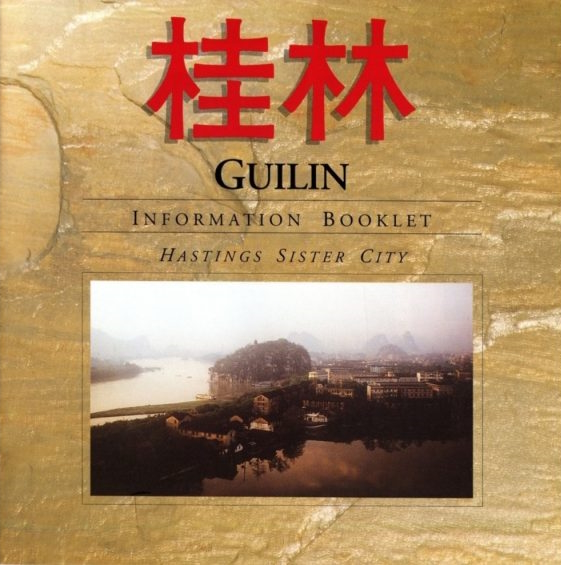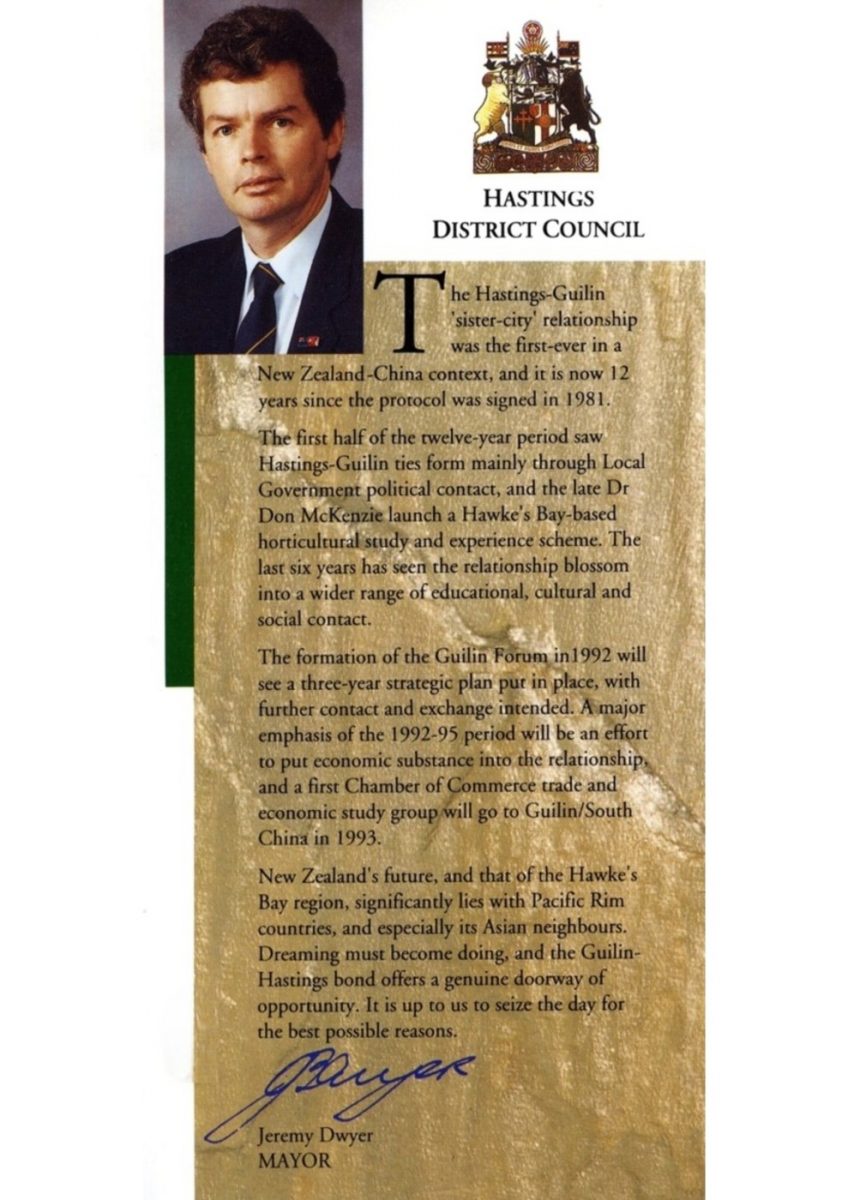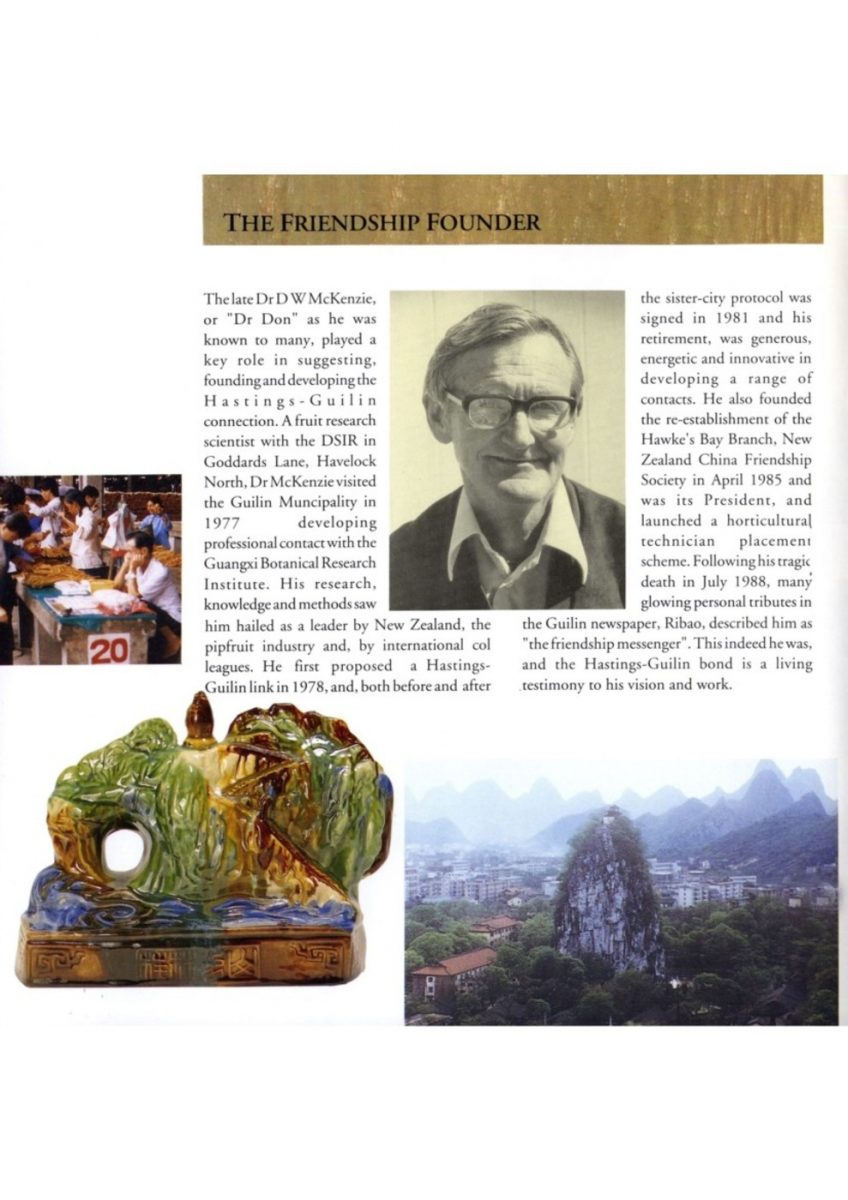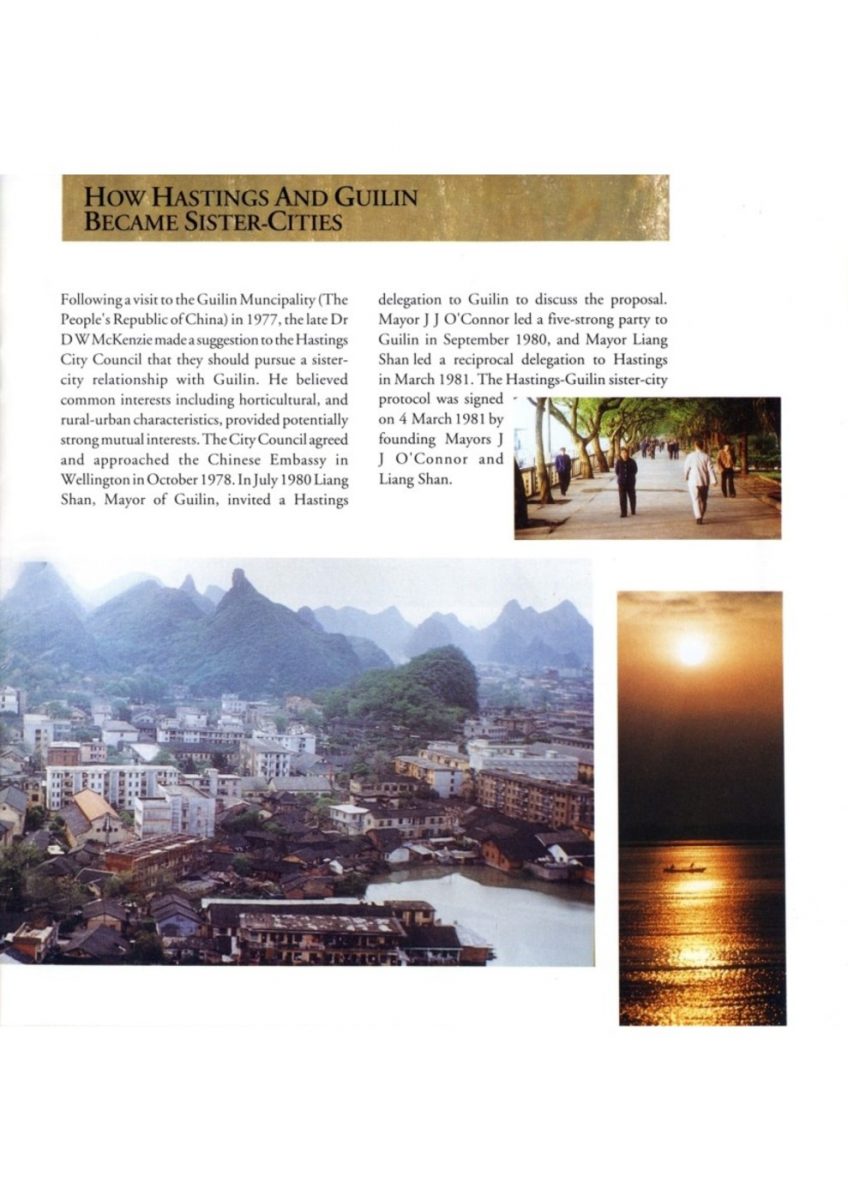Guilin Information Booklet
Original digital file
HastingsRotary2039_BlackFolder_GuilinBrochure.pdf
Non-commercial use

This work is licensed under a Attribution-NonCommercial 3.0 New Zealand (CC BY-NC 3.0 NZ).
Commercial Use
Please contact us for information about using this material commercially.✖
Can you help?
The Hawke's Bay Knowledge Bank relies on donations to make this material available. Please consider making a donation towards preserving our local history.
Visit our donations page for more information.
Subjects
Business / Organisation
Rotary Club of HastingsFormat of the original
Leaflet (1-8 pages)Date published
1992People
- Dr D W (Don) McKenzie
- Mayor Jeremy Dwyer
- Mayor J J O'Connor
- Mayor Liang Shan



















Do you know something about this record?
Please note we cannot verify the accuracy of any information posted by the community.